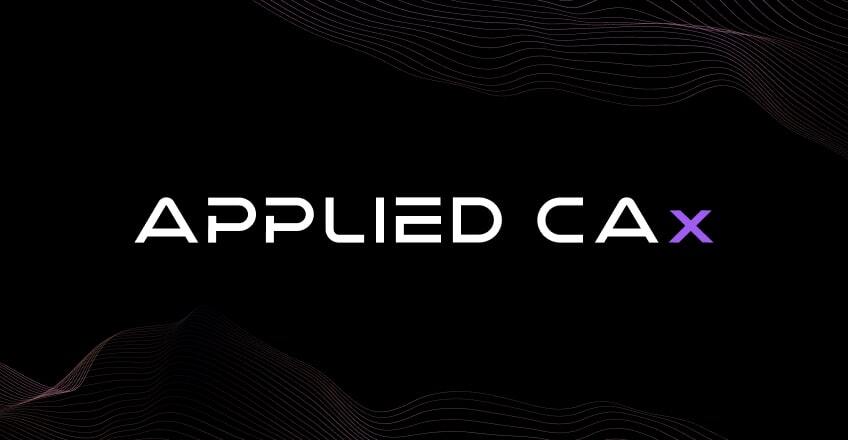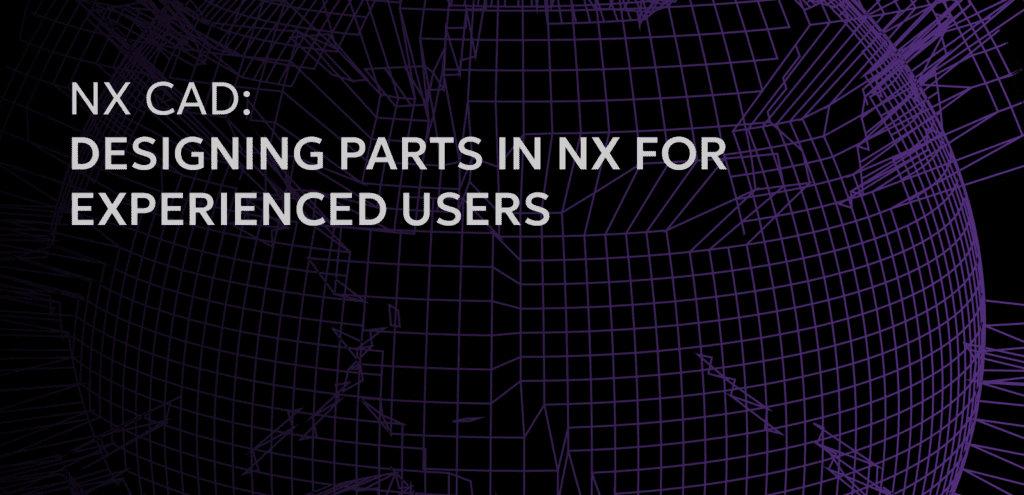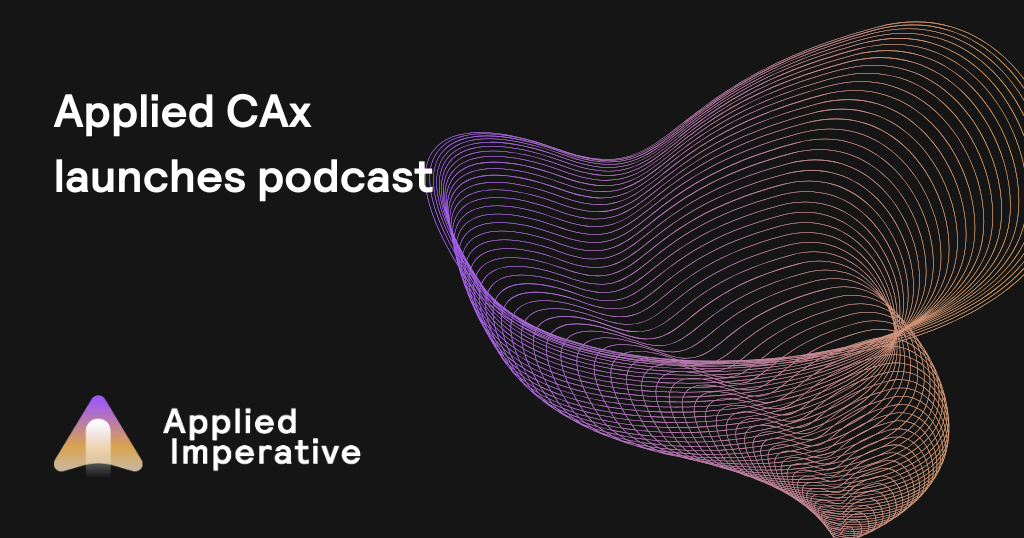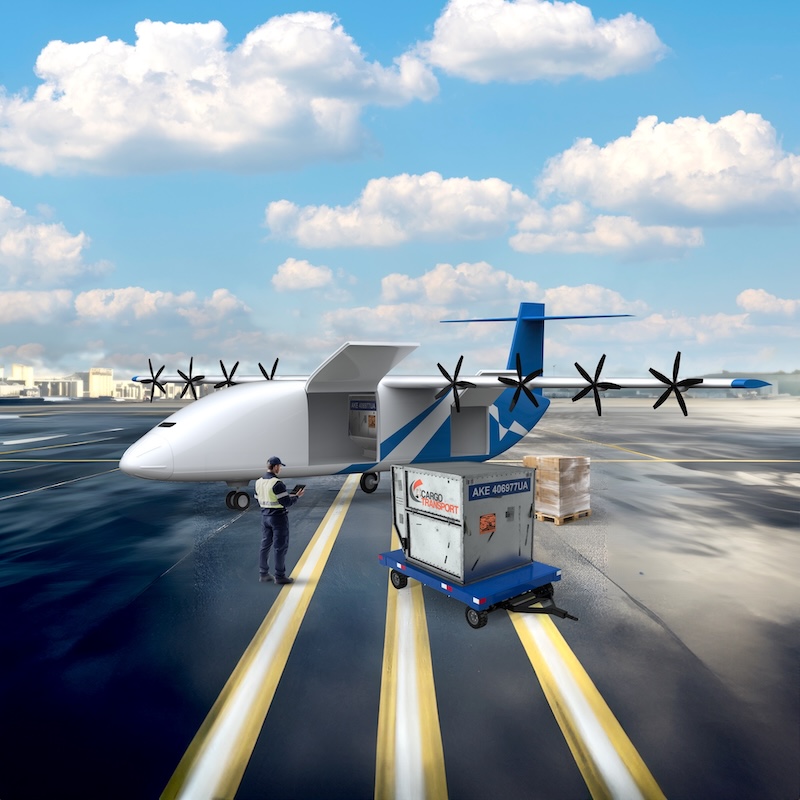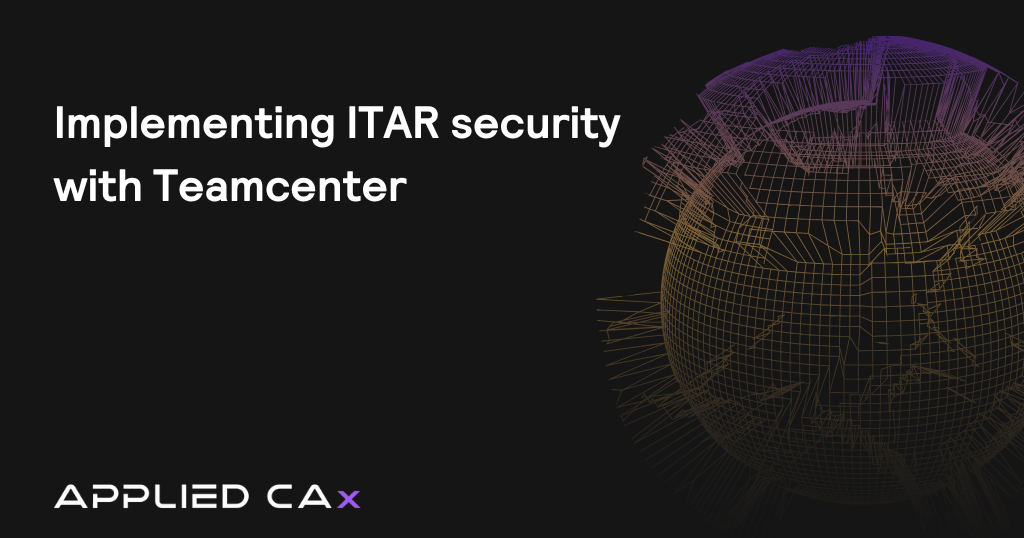In the dynamic landscape of modern business, the ability to manage and analyze data efficiently is crucial for maintaining a competitive edge. TcRA (Teamcenter Reporting and Analytics) offers a powerful platform for converting raw data into actionable insights. This blog post explores how automating scheduled reports and integrating TcRA with email and dashboards in Teamcenter Active Workspace can boost productivity, empower decision-makers, and enhance collaboration.
Automating scheduled reports with TcRA: enhancing efficiency and precision
The importance of automation
Reporting is often a labor-intensive process, requiring significant manual effort. Employees spend considerable time compiling data, generating reports, and distributing them to stakeholders. This manual process not only consumes valuable time but also increases the risk of human error, leading to inaccurate data and potentially flawed business decisions. Automating scheduled reports with TcRA addresses these issues, allowing organizations to deliver accurate, timely, and consistent information with minimal manual intervention.
Advantages of automated reporting
Automated reporting in TcRA provides numerous benefits:
- Time efficiency: Automation reduces the time employees spend generating reports, allowing them to focus on more strategic activities.
- Consistency: Automated reports ensure data is presented uniformly across all reports, minimizing discrepancies and misunderstandings.
- Accuracy: By reducing human involvement, automated reports decrease the likelihood of errors, ensuring stakeholders receive reliable data.
- Timeliness: Automated scheduling guarantees reports are generated and delivered on time, providing stakeholders with up-to-date information for decision-making.
Steps to set up automated reports in TcRA
Setting up automated reports in TcRA involves several key steps:
- Define report requirements: Identify the data sources, report format, and frequency of report generation.
- Configure report templates: Use TcRA’s intuitive interface to create and configure report templates that meet your requirements.
- Schedule report generation: Establish a schedule for automated report generation, such as daily, weekly, monthly, or based on specific events or triggers.
- Define delivery methods: Choose how reports will be delivered to stakeholders – via email, through a dashboard, or both.
- Test and validate: Test the automated report generation process to ensure it functions correctly and validate the accuracy of the reports.
Seamless report delivery: integrating TcRA with email and dashboards
Delivering TcRA reports via email
One of the most convenient ways to deliver reports is through email. TcRA’s integration with email systems allows organizations to automatically send reports to predefined recipients at scheduled intervals. This ensures stakeholders receive the information they need directly in their inboxes, without having to manually request or retrieve it.
Setting up email delivery
To configure email delivery of TcRA reports:
- Set up email integration: Integrate TcRA with your organization’s email system by configuring SMTP settings and specifying the sender’s email address.
- Define recipients: Specify the email addresses of the recipients who should receive the reports.
- Customize email templates: Customize the email template to include a subject line, message body, and any additional information that should accompany the report.
- Attach reports: Configure TcRA to attach the generated reports to the email or include a link to the report in Teamcenter Active Workspace.
- Schedule delivery: Set up a schedule for when the reports should be emailed to the recipients.
Benefits of email delivery
- Convenience: Stakeholders receive reports directly in their inboxes, making it easy to access the information.
- Timeliness: Automated email delivery ensures reports are sent on time, providing stakeholders with up-to-date information.
- Accessibility: Email delivery ensures reports are accessible even when stakeholders are not logged into Teamcenter.
Maximizing Teamcenter Active Workspace: real-time insights with TcRA reports
Interactive dashboards in Teamcenter Active Workspace
Teamcenter Active Workspace offers a robust platform for visualizing TcRA reports through interactive dashboards. These dashboards provide stakeholders with real-time insights and a comprehensive view of critical data, enabling them to make informed decisions swiftly.
Creating interactive dashboards
Creating interactive dashboards in Teamcenter Active Workspace involves several steps:
- Designing dashboard layouts: Use TcRA’s dashboard design tools to create layouts displaying key metrics and data visualizations.
- Integrating data sources: Connect the dashboard to various data sources within Teamcenter to ensure it displays up-to-date information.
- Configuring widgets and charts: Add widgets and charts to the dashboard to visualize data in an intuitive and interactive manner.
- Setting up filters and drill-downs: Enable filters and drill-down capabilities to allow users to explore data at different levels of detail.
- Testing and publishing: Test the dashboard to ensure it functions correctly and then publish it to Teamcenter Active Workspace.
Advantages of interactive dashboards
- Real-Time Insights: Dashboards provide real-time data visualization, enabling stakeholders to monitor key metrics and trends as they occur.
- Customization: Dashboards can be customized to display the most relevant information for different users and departments.
- Interactivity: Users can interact with the dashboards, apply filters, and drill down into the data to gain deeper insights.
- Collaboration: Shared dashboards facilitate collaboration by ensuring all stakeholders have access to the same information.
Empowering decision-makers with automated TcRA reports
Enhancing strategic planning and decision-making
Automated TcRA reports play a critical role in enhancing strategic planning and decision-making within organizations. By providing timely and accurate data, these reports empower decision-makers to make informed choices that drive business success.
Key Benefits for Decision-Makers
- Timely data: Automated reports ensure decision-makers have access to the most current data, enabling them to respond quickly to changing conditions.
- Data consistency: Consistent reporting formats and data presentation ensure all stakeholders are working with the same information, reducing misunderstandings.
- Actionable insights: Automated reports are designed to highlight key metrics and trends, making it easier for decision-makers to identify opportunities and challenges.
- Resource allocation: Accurate data from automated reports helps decision-makers allocate resources more effectively, ensuring the organization focuses on the right priorities.
Real-world examples
Several organizations have successfully leveraged automated TcRA reports to enhance their strategic planning and decision-making:
- Manufacturing: A manufacturing company used automated TcRA reports to monitor production metrics and identify bottlenecks in real-time. This enabled them to make adjustments on the fly, reducing downtime and improving efficiency.
- Healthcare: A healthcare provider used automated reports to track patient outcomes and resource utilization. This data helped them optimize staffing levels and improve patient care.
- Retail: A retail chain used automated reports to analyze sales data and customer trends. This information guided their marketing strategies and inventory management, leading to increased sales and customer satisfaction.
Improving collaboration with shared TcRA dashboards in Teamcenter
Facilitating team collaboration
Shared TcRA dashboards in Teamcenter Active Workspace are instrumental in improving collaboration across teams and departments. By providing a centralized platform for data visualization and analysis, these dashboards ensure all stakeholders have access to the same information, fostering a culture of transparency and collaboration.
Benefits of shared dashboards
- Unified view: Shared dashboards provide a unified view of critical data, ensuring all team members are on the same page.
- Real-time collaboration: Teams can collaborate in real-time, discussing insights and making decisions based on the latest data.
- Cross-functional insights: Dashboards can integrate data from multiple sources and departments, providing cross-functional insights that drive better decision-making.
- Increased accountability: Shared dashboards increase accountability by making data accessible to all stakeholders, highlighting performance metrics and progress towards goals.
Examples of improved collaboration
- Project management: A project management team used shared TcRA dashboards to track project milestones, resource allocation, and risks. This ensured all team members were aware of project status and could collaborate effectively to address issues.
- Sales and marketing: Sales and marketing teams used shared dashboards to analyze customer data, track campaign performance, and identify sales opportunities. This collaboration improved the alignment between sales and marketing strategies, leading to increased revenue.
- Operations and finance: Operations and finance teams used shared dashboards to monitor operational efficiency and financial performance. This collaboration enabled them to identify cost-saving opportunities and optimize resource allocation.
Expanding the potential of TcRA: advanced automation and integration strategies
Beyond basic automation: advanced reporting features
While basic automated reporting provides significant benefits, advanced features can further enhance TcRA’s value. These include:
- Conditional reporting: Generating reports based on specific conditions or triggers, such as reaching a certain threshold or detecting anomalies.
- Multi-format outputs: Creating reports in various formats (e.g., PDF, Excel, HTML) to meet different stakeholder needs.
- Dynamic scheduling: Adjusting the report generation schedule based on business cycles, ensuring stakeholders receive the most relevant data at the right time.
Integrating TcRA with other business systems
For maximum impact, TcRA should be integrated with other key business systems:
- ERP systems: Connecting TcRA with enterprise resource planning (ERP) systems to provide a holistic view of business operations, from supply chain management to financial performance.
- Customer Relationship Management (CRM): Integrating TcRA with CRM systems to analyze customer data, enhance customer insights, and improve sales and marketing strategies.
- Human Resources (HR) systems: Linking TcRA with HR systems to monitor employee performance, track workforce trends, and support talent management initiatives.
Future trends: The evolving role of TcRA in data management
As data management continues to evolve, TcRA is poised to play an increasingly important role:
- Data democratization: Empowering more users within the organization to access and analyze data, fostering a data-driven culture.
- Augmented analytics: Enhancing TcRA with advanced analytics capabilities, such as automated data preparation and insight generation.
- Cloud integration: Leveraging cloud technology to improve TcRA’s scalability, accessibility, and integration with other cloud-based tools.
- Enhanced security: Implementing robust security measures to protect sensitive data and ensure compliance with regulatory requirements.
The benefits of data democratization
Data democratization ensures that employees at all levels of the organization have access to data insights. This inclusive approach encourages innovation, as employees from different departments can contribute unique perspectives. TcRA’s user-friendly interface and comprehensive training resources make it easy for non-technical users to harness the power of data analytics.
Cloud integration and scalability
As businesses grow, so does the volume of data they generate. Integrating TcRA with cloud solutions ensures that the system can scale seamlessly to accommodate this growth. Cloud-based TcRA deployments offer enhanced accessibility, allowing users to access reports and dashboards from anywhere with an internet connection. This flexibility supports remote work and global collaboration.
Enhanced security for peace of mind
With the increasing importance of data security, TcRA integrates advanced security features to protect sensitive information. This includes robust access controls, encryption, and compliance with industry standards and regulations. Organizations can trust that their data is secure, which is crucial for maintaining customer trust and meeting legal requirements.
Conclusion
The power of TcRA lies in its ability to transform raw data into actionable insights, driving efficiency, accuracy, and collaboration within organizations. By automating scheduled reports and integrating TcRA with email and dashboards in Teamcenter Active Workspace, businesses can enhance productivity, empower decision-makers, and foster a culture of transparency and collaboration. As organizations continue to navigate an increasingly data-driven world, TcRA stands as a vital tool for turning data into a strategic asset.
By embracing advanced automation features, leveraging integration with other critical business systems, and focusing on data democratization, organizations can unlock even greater value from their data. The future of TcRA is bright, with trends like augmented analytics, cloud integration, and enhanced security set to further elevate its role in data management. With TcRA, businesses can not only keep pace with the fast-changing data landscape but also lead the way in innovation and efficiency.
By Ricky Mendoza
PLM Engineer, Digital Innovation Services

